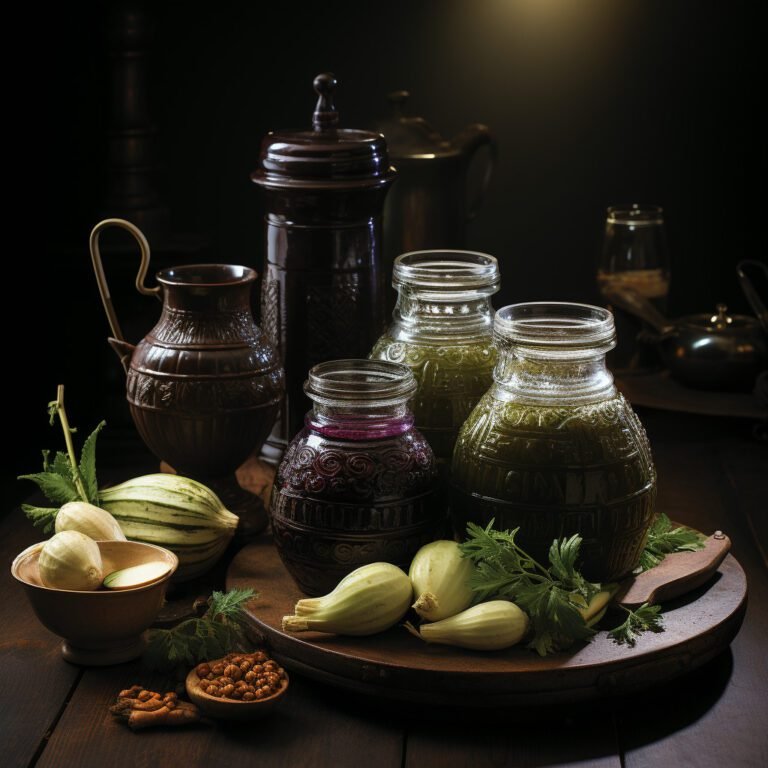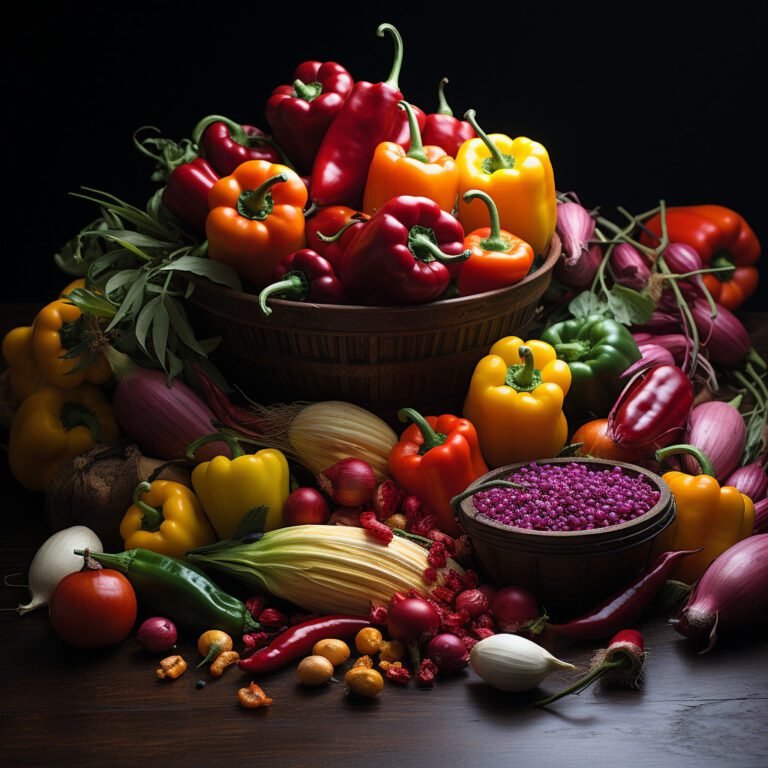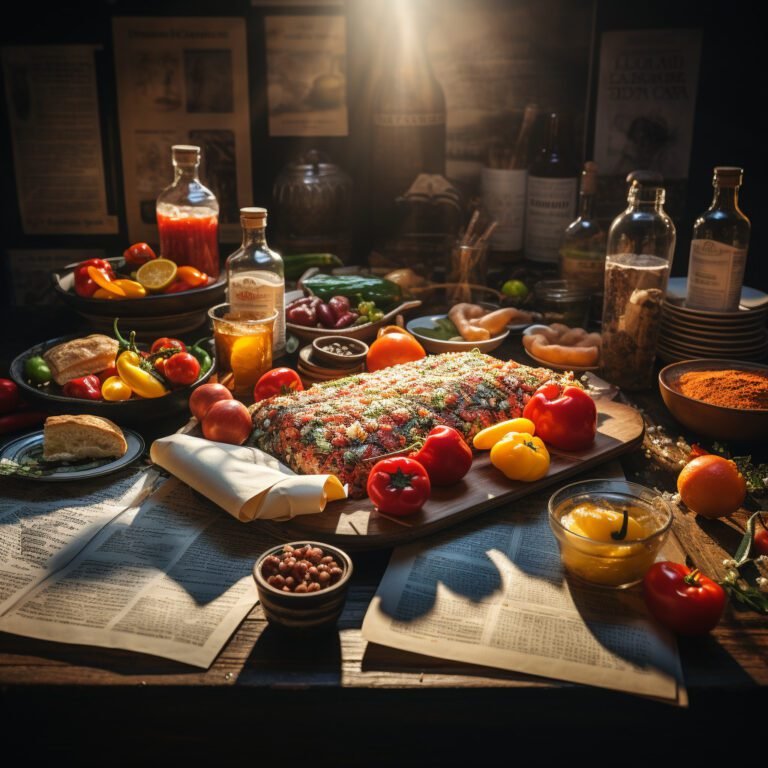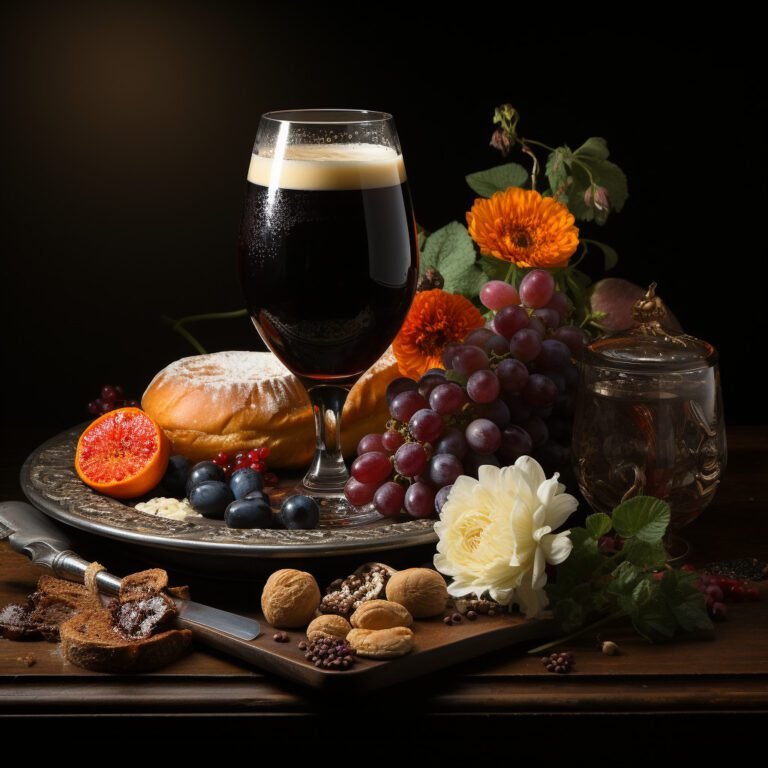The Art of Plating: How Chefs Turn Dishes into Visual Masterpieces
The Art of Plating: How Chefs Turn Dishes into Visual Masterpieces
Introduction
When it comes to culinary experiences, taste isn’t the only factor that matters. The presentation of a dish can greatly influence our perception and enjoyment of the meal. Chefs have mastered the art of plating, transforming ordinary ingredients into visually stunning masterpieces that captivate our senses. In this article, we will explore the techniques and principles behind the art of plating, and how chefs create dishes that are not only delicious but also visually appealing.
The Importance of Presentation
Visual appeal plays a crucial role in the dining experience. A beautifully plated dish can enhance our anticipation, elevate our enjoyment, and even make us appreciate the flavors more. The saying “we eat with our eyes first” holds true, as our perception of a dish begins the moment it is presented to us. Chefs understand this and utilize plating techniques to create a harmonious balance of colors, textures, and shapes that stimulate our senses.
Principles of Plating
There are several key principles that chefs follow when plating their dishes:
1. Balance
Balance is essential in plating. Chefs strive to create a visually balanced dish by distributing the various components evenly on the plate. This includes the main protein, starches, vegetables, and sauces. By arranging these elements in a balanced manner, chefs ensure that each bite offers a harmonious blend of flavors.
2. Color
Color is a powerful tool in plating. Chefs carefully select ingredients that provide a vibrant and diverse color palette. By incorporating a range of hues, they create visual interest and make the dish more appealing. Additionally, colors can evoke certain emotions and appetites. For example, warm colors like red and orange may stimulate the appetite, while cool colors like green and blue can evoke a sense of freshness.
3. Texture
Texture adds another dimension to a dish. Chefs consider the textures of different ingredients and aim to create a balance between crispness, tenderness, and creaminess. By combining contrasting textures, such as crispy vegetables with velvety sauces, they create a more dynamic and enjoyable eating experience.
4. Proportions
Proportion refers to the size and arrangement of elements on the plate. Chefs carefully portion each component to ensure they are visually appealing and in harmony with one another. They may use techniques like stacking, layering, or garnishing to create height and add visual interest to the dish.
Techniques and Tools
Plating involves various techniques and tools that help chefs achieve their desired presentation:
1. Sauce Drizzling
Chefs use squeeze bottles or spoons to create elegant sauce drizzles on the plate. This technique adds both visual appeal and flavor to the dish.
2. Garnishing
Garnishing is an art in itself. Chefs utilize fresh herbs, edible flowers, microgreens, or even delicate fruit slices to add a pop of color and enhance the overall presentation of the dish.
3. Molding
Molding is often used for side dishes or desserts. Chefs use molds to shape ingredients like rice, mashed potatoes, or custard into visually pleasing forms.
4. Plating Tools
Chefs employ an array of plating tools, including tweezers, offset spatulas, and ring molds, to precisely arrange the components on the plate. These tools allow for greater control and precision during the plating process.
Conclusion
The art of plating is a remarkable skill that transforms dishes into visual masterpieces. Through careful consideration of balance, color, texture, and proportion, chefs create culinary experiences that delight not only our taste buds but also our eyes. The techniques and principles they employ, along with the use of various plating tools, allow them to elevate their creations to the level of art. So, the next time you enjoy a beautifully plated dish, take a moment to appreciate the thought and skill that went into turning it into a visual feast.






